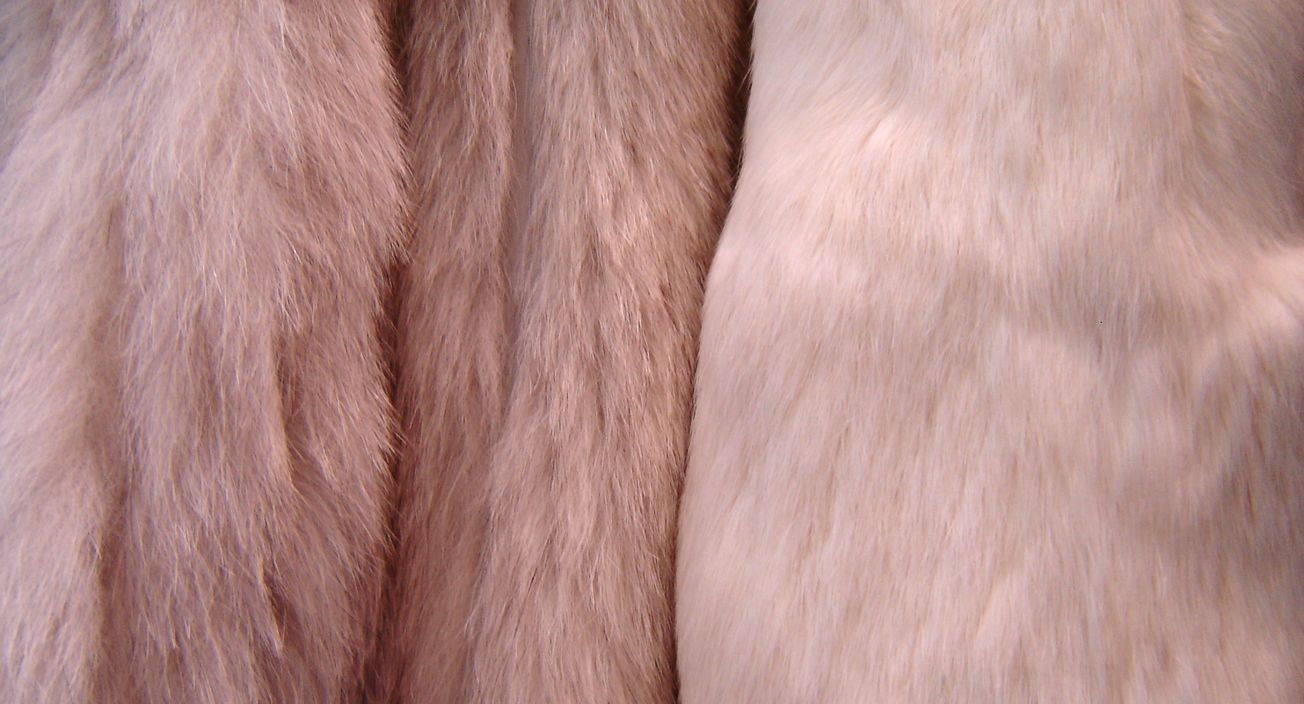Politics and Sociology student Joe Boyd discusses the most common misconceptions about the use of real fur in the fashion industry. He concludes, however, that faux fur is really no better, and fashion houses should shy away from using any fur at all.
Despite wide spread controversy around the fur industry, it still plays a major role within fashion today. Here are three of the major arguments in support of fur today, and why I think they are either inaccurate or just plain wrong.
“Faux fur has massive environmental costs”
Pro-fur lobbyists often want to talk at length about the environmental cost of faux fur which, due to largely being made from nylon, is staggering. The production of nylon is accountable for over 50% of the UK’s nitrous oxide emissions. This is concerning as it takes roughly one gallon of oil to produce just three faux fur coats!
While this remains true, it paints a picture that real fur is environmentally friendly – it’s not. China is the world’s biggest fur exporter, responsible for 85% of fur world-wide. Regardless of whether or not China having no laws on animal welfare bothers you, the levels of toxic chemicals that it takes to cure the fur should.
Tests have shown that highly toxic levels of carcinogenic chemical and hexavalent chromium are often found within real fur. Chromium is one of the major inorganic environmental pollutants effecting humans, animals, plants and microorganisms.
Michigan University also found that the energy cost of production of real fur was 20 times greater than that of fake alternatives!
“You can’t get the same quality with fake fur”
Real fur is often considered to be of higher quality than faux. Specialist interest groups such as Fur Source argue that you can’t get the same natural fur colours and stress that the feel and warmth is hard to replicate.
Spring 2018 marks the year Gucci joins the list of fur free designers alongside the likes of Vivienne Westwood, Ralph Lauren and Tommy Hilfiger. While it remains unclear, it seems unlikely that Gucci will turn away from making fur coats altogether but rather seek to produce faux alternatives. To suggest a fashion powerhouse like Gucci would be unable to make a faux fur coat that rivals that of a real one is laughable.
This suggests that most people can tell the difference between real and faux fur, a recent scandal involving major high street retailers suggested maybe not. An investigation by Humane Society International (HSI) found a variety of items from retailers such as Misguided and House of Fraser had been sold as faux fur but when tested were real.
Fur protestor runs on to the catwalk at Mary Katrantzou last week at London Fashion Week
“Why do you care about fur when you still eat meat?”
Animal rights philosopher Peter Singer suggesting that it is hypocritical to protest against use of fur yet continue to eat meat. With more animals being killed for food every day in North America than those used for fur in a year, I can see why some people think it is hypocritical.
However, there is a major difference between the purpose of the animal dying. While more animals die for consumption it still is more ethical than killing for an unnecessary luxury. With lots of vegan alternatives remaining expensive, to criticise those who wear fur and eat meat equally would be unfair on those who do not have a choice.
I feel that fashion should make a push towards being more ethical and sustainable and not support any use of fur, real or fake. But that is my opinion; what is yours?
Featured image: flikr/ Monik Markus
Do you think any fur should be used in main house fast-fashion? Let us know:
Facebook, Instagram or Twitter









